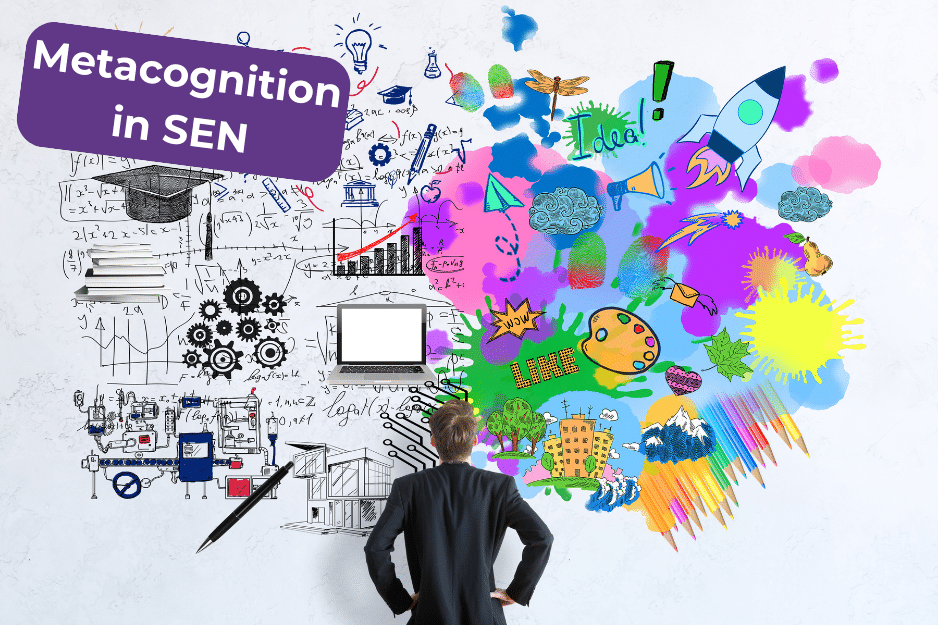Introduction:
In the realm of special education, equipping students with the essential tools to enhance their learning journey is paramount. One effective method is the utilisation of graphic organisers, which provide students with a visual means to structure their thoughts and ideas. This guide ventures into the world of implementing graphic organisers in special education, emphasising their advantages and real-world applications across a spectrum of subjects.
Benefits of Graphic Organisers in Special Education:
Graphic organisers yield a multitude of benefits for students with special educational needs (SEN). Primarily, they offer a visual representation of information, rendering complex concepts more accessible. This visual approach proves invaluable for students grappling with cognitive disabilities, aiding in the organisation of their thoughts and the formation of connections between ideas. Furthermore, graphic organisers promote the cultivation of critical thinking skills, as students are encouraged to scrutinise and evaluate information, categorising and prioritising it within the organiser.
Practical Applications:
- Reading Comprehension: Graphic organisers serve as aids for students in comprehending and summarizing texts. For instance, a story map assists students in identifying main characters, settings, and the plot of a story.
- Writing: Graphic organisers support students in planning their writing by outlining key ideas, supporting details, and the overall structure of their compositions.
- Mathematics: Graphic organisers facilitate the resolution of mathematical problems by visually delineating problem-solving steps and organising pertinent information.
- Science: Graphic organisers can be employed to illustrate cause-and-effect relationships, compare and contrast concepts, and organise scientific experiments.
- Social Studies: In the realm of social studies, graphic organisers aid students in understanding historical events, analysing primary and secondary sources, and comparing different cultures or civilisations.
Implementation Strategies:
- Pre-teaching: Prior to employing graphic organisers in specific subject areas, introduce them to students. Instruct them on how to complete the organisers and elucidate the purpose behind each type.
- Differentiation: Tailor graphic organisers to accommodate individual student needs. Offer supplementary support, such as sentence starters or visual cues, to students requiring extra assistance.
- Gradual Release of Responsibility: Commence by modeling how to use graphic organisers and subsequently permit students to complete them autonomously over time.
- Multi-sensory Approach: Incorporate visual, auditory, and kinesthetic elements into graphic organisers to cater to diverse learning styles.
- Ongoing Assessment: Continuously evaluate students’ comprehension and progress using graphic organisers to pinpoint areas necessitating additional support or instruction.
Conclusion:
The integration of graphic organisers into special education proves transformative, significantly augmenting students’ capacity to visually structure their thoughts and enhance comprehension across various subjects. By furnishing a visual framework for information, graphic organisers empower SEN students to adeptly process and retain intricate concepts. With methodical implementation and continuous assessment, graphic organisers emerge as an invaluable asset in catering to the learning needs of students in special education settings.




